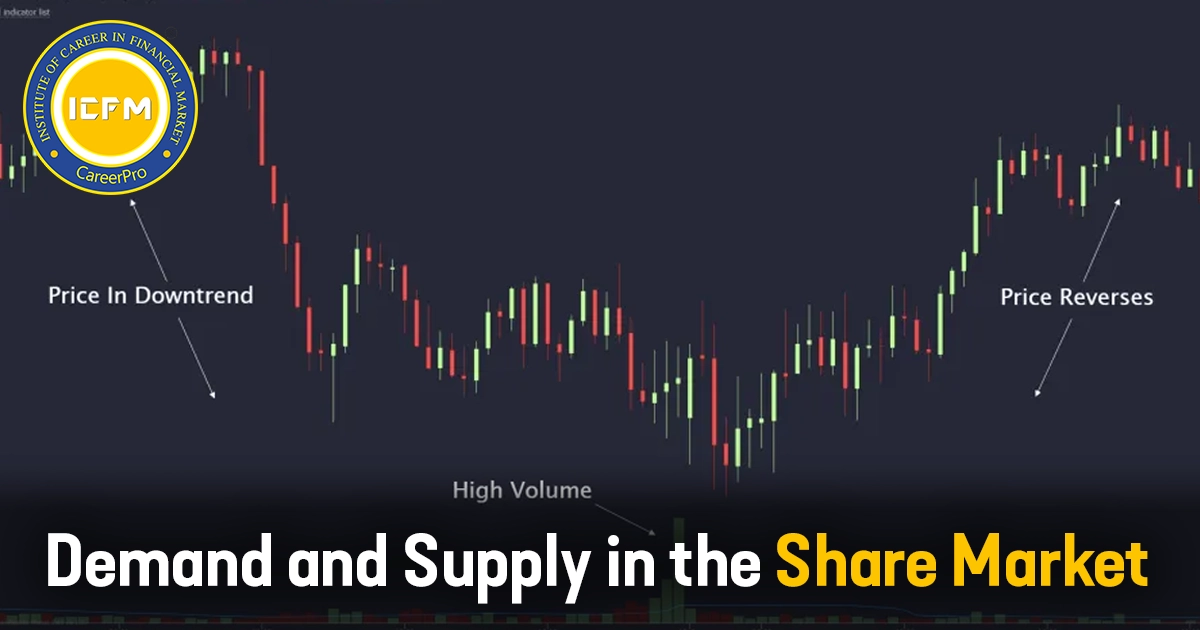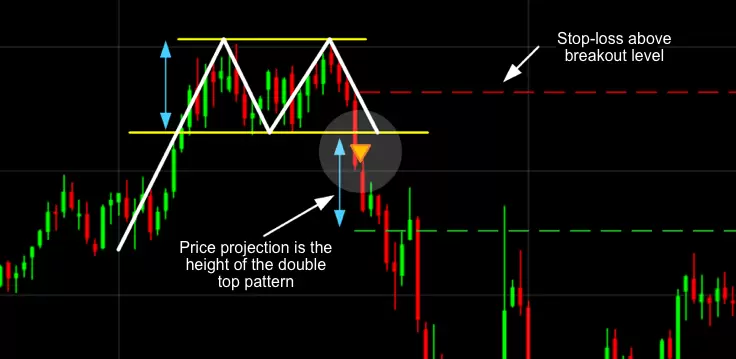The principles of demand and supply operates in the stock exchange. This directly affects a stock’s price. These forces represent the feelings of the investors as well as the real market conditions which continuously dictate a stock’s worth.
What is Demand?
Demand in the share market refers to the total number of shares that the investors are willing and able to purchase at a specific price. It reveals how much trust and interest does a shareholder have in that particular share. Often, when the share demand is high, share prices are said to also rise because there will be numerous buyers competing to access a limited number of shares.
The following have influence on demand:
Company Performance: Increased shareholders earnings, good news hype, or new products coming in can lead to increased demand.
Market Sentiment: Bullish sentiment leads to more purchases.
Economic Factors: Favorable interest rates and government policies are likely to increase demand for shares.
Example: When a company in the technology sector announces an exceptionally stupid innovation, that company’s investors tend to buy as many company stocks as they can which fuels the demand and price of the stock.
What is Supply?
Supply is defined as a certain number of shares that an investor is willing to sell at a specific price. It shows the readiness of the shareholders or investors of a stock to trade their shares for some value. If everything else is constant, when the demand is less, supply is too high, and prices fall because sellers are scrambling to make sales and gouge offers on their lots of shares.
Some important factors affecting supply include:
Profit-Taking: Some shareholders “cash out” by selling shares on a stock price uptrend.
Negative News: Earning misses, lawsuits, and market downticks almost perpetually unfold a overwhelming negative sentiment to nurture a selling spree.
Economic Uncertainty: Political volatility, rampant inflation, and hike in interest rates tend to trigger panic sales/stock selloff.
Example: Investors seem to overreact and sell their securities when a company’s scandal surfaces. This surge in selling increases the supply far more than the demand, hence reducing the prices.
Demand and Supply Balance
Stock prices are influenced by the excessive buying and selling in this scenario called Demand and Supply:
High Demand + Low Supply → Prices Increase
High Supply + Low Demand → Prices Decrease
Equal Demand and Supply → Prices Remain Stable (Market Equilibrium)
Real-Life Example: Prices usually tend to go up when, during the IPOs (Initial Public offer) the demand for shares goes beyond available shares. Panic selling from market crashes increases the supply of shares while the price priortise plummet drastically.
Wrap Up:
Having knowledge about supply and demand for a certain product enables an investor to make better decisions related to trading. Every trader knows that expecting changes in these dynamics serves them best to take dictated chances in the market and protect themselves from risks.









